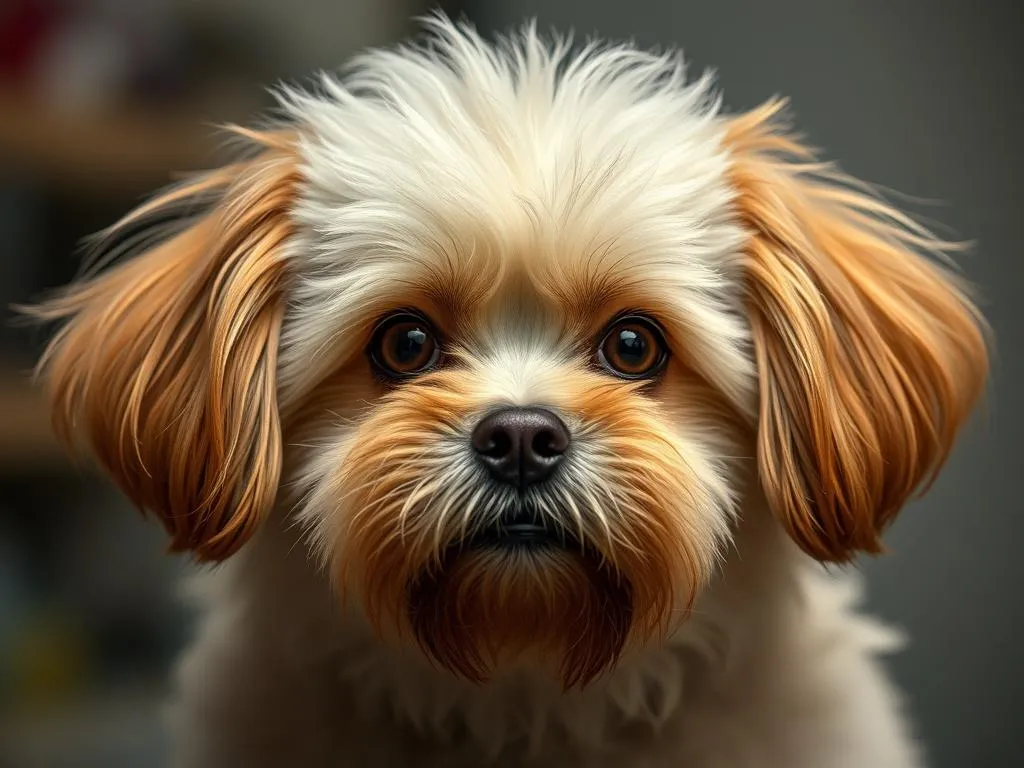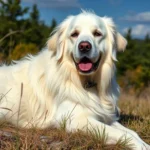
Introduction
Japanese dog grooming is a unique blend of artistry, tradition, and care that has evolved over centuries in Japan. Rooted in the cultural significance of dogs within Japanese society, grooming goes beyond mere aesthetics; it encompasses the health and well-being of our furry companions. This article aims to inform and guide readers on the techniques, styles, and numerous benefits of Japanese dog grooming.
In a country where the aesthetic is highly valued, dog grooming practices reflect deep-seated beliefs about beauty and health. From the meticulous care of breeds like the Shiba Inu to the innovative styles that have emerged in modern grooming salons, this article will explore the fascinating world of Japanese dog grooming and its relevance in today’s pet care landscape.
Understanding Japanese Dog Grooming
Definition and Overview
At its core, Japanese dog grooming refers to a range of grooming techniques that emphasize cleanliness, aesthetics, and the health of dogs. This practice is characterized by the meticulous attention to detail, often resulting in styles that are not only beautiful but also functional. Historically, Japan has a long tradition of caring for dogs, particularly those that served in various roles, from hunting companions to loyal pets.
Cultural Significance
Dogs hold a special place in Japanese culture, symbolizing loyalty and companionship. This cultural reverence has led to a grooming philosophy that prioritizes both the appearance and health of dogs. In Japan, grooming is viewed as an extension of the owner’s love and respect for their pets, making it a significant part of pet ownership.
Popular Japanese Dog Breeds
Overview of Breeds
Japan is home to several distinctive dog breeds, each with its own unique traits and grooming needs. Here are some of the most popular Japanese dog breeds:
- Shiba Inu: Known for their spirited personality and fox-like appearance, Shiba Inus have a double coat that requires regular grooming to maintain its softness and prevent matting.
- Akita: This large, powerful breed has a thick, double coat that needs frequent brushing to manage shedding and keep the coat healthy.
- Kishu Ken: A medium-sized breed, Kishu Kens possess a short, stiff coat that requires less grooming but still benefits from regular brushing.
- Shikoku: With a curly tail and a compact frame, Shikokus have a dense coat that, while easy to manage, requires regular grooming to keep it clean and free of tangles.
Grooming Needs by Breed
Each breed has specific grooming requirements based on their coat type and structure:
- Shiba Inu: Requires bi-weekly brushing, especially during shedding season.
- Akita: Needs weekly brushing, with more frequency during seasonal shedding.
- Kishu Ken: Minimal grooming is needed; weekly brushing is sufficient.
- Shikoku: Regular brushing every two weeks helps maintain coat health.
Understanding these grooming needs is essential for maintaining the health and appearance of these beloved Japanese breeds.
Japanese Grooming Techniques
Traditional Grooming Methods
Traditional Japanese dog grooming utilizes a variety of specific tools and techniques. Common tools include fine-toothed combs, scissors, and specialized brushes. The process often begins with a thorough bath using natural shampoos, followed by meticulous drying techniques that prevent matting.
The step-by-step process typically involves:
- Bathing: Using warm water and gentle, natural shampoo.
- Drying: Air drying or using a low-heat dryer to avoid damaging the coat.
- Brushing: Detangling and smoothing the coat while ensuring no mats are present.
- Trimming: Using scissors to maintain the desired shape and style.
Modern Techniques
In contemporary grooming salons across Japan, modern techniques have been introduced, blending traditional practices with innovative methods. For instance, the use of high-quality clippers and grooming tables enhances the efficiency and comfort of the grooming process. Additionally, the influence of Japanese aesthetics has led to the development of unique styles that prioritize the dog’s natural beauty.
Specialty Grooming Styles
Unique grooming styles, such as the “Shiba Inu cut” or “Kawaii grooming,” have gained popularity. These styles often emphasize a cute, youthful appearance, enhancing the dog’s overall look while ensuring their comfort. The aim is not only to create an adorable aesthetic but also to maintain the dog’s health and well-being.
Essential Grooming Tools and Products
Grooming Tools
To achieve the best results in Japanese dog grooming, several essential tools are necessary:
- Brushes: Pin brushes for detangling and slicker brushes for smoothing.
- Clippers: High-quality clippers for precise trimming.
- Scissors: Thinning and straight scissors for shaping.
- Nail Clippers: To keep nails trimmed and healthy.
Some reputable brands include Wahl, Andis, and Chris Christensen, known for their reliable grooming tools.
Grooming Products
In Japan, many dog owners prefer using natural and organic grooming products. Popular options include:
- Shampoos: Gentle, hypoallergenic formulas free from harsh chemicals.
- Conditioners: To maintain coat softness and sheen.
- Grooming Sprays: Used for detangling and adding a pleasant scent to the coat.
These products not only enhance the grooming experience but also contribute to the overall health of the dog’s coat and skin.
Grooming Techniques for Different Coat Types
Long-Coated Breeds
For long-haired breeds, proper grooming techniques are paramount. Regular brushing helps detangle hair and prevents mats. Tools such as a slicker brush or comb should be employed to ensure all sections of the coat are thoroughly groomed. Conditioning sprays can also help maintain moisture and reduce breakage.
Short-Coated Breeds
Short-haired breeds benefit from grooming practices that focus on skin health. Regular brushing helps to remove loose fur and distribute natural oils across the coat. This practice not only keeps the coat shiny but also promotes healthy skin.
Curly and Wavy-Coated Breeds
For breeds with curly or wavy coats, such as the Poodle, grooming techniques should focus on preventing matting and tangling. Using a wide-toothed comb during the initial detangling phase is essential. Regular trims are also advised to maintain the desired shape and prevent excessive tangling.
At-Home Grooming vs. Professional Grooming
Benefits of At-Home Grooming
At-home grooming offers several advantages:
- Cost-Effective: Saves money on professional grooming services.
- Bonding Time: Strengthens the relationship between the owner and the dog.
- Routine Maintenance: Allows for regular inspection of the dog’s skin and coat.
When grooming at home, it’s essential to create a comfortable environment and use high-quality tools to ensure the best results.
When to Seek Professional Grooming
While at-home grooming is beneficial, there are times when professional services are warranted. Signs that indicate a need for professional grooming include:
- Severe matting that cannot be managed at home.
- Skin issues that require expert care.
- A dog that is particularly anxious or uncooperative during grooming.
Visiting a professional groomer trained in Japanese dog grooming can provide a level of expertise and care that ensures your dog receives the best treatment.
The Health Benefits of Regular Grooming
Physical Health
Regular grooming contributes significantly to a dog’s overall health. It helps in the detection of skin issues, parasites, and mats. Moreover, grooming allows for the inspection of ears, teeth, and paws, enabling early identification of any health concerns.
Emotional and Behavioral Benefits
Grooming not only impacts physical health but also has emotional benefits. Many dogs find grooming to be a soothing experience, which can reduce anxiety and promote relaxation. Additionally, the grooming process can strengthen the bond between owner and pet, fostering trust and love.
Conclusion
In summary, Japanese dog grooming is a rich tradition that values aesthetics, health, and the bond between dogs and their owners. By exploring the various techniques and styles associated with this practice, pet owners can enhance their dogs’ well-being and appearance. Embracing Japanese dog grooming can lead to a happier, healthier pet and a more rewarding relationship for both owner and dog. Regular grooming routines not only ensure that your dog looks good but also contribute to their overall health, providing numerous benefits that go beyond mere appearance.
As you embark on your grooming journey, consider the cultural significance and techniques of Japanese dog grooming to enhance not only the beauty of your dog but also their happiness and health.









